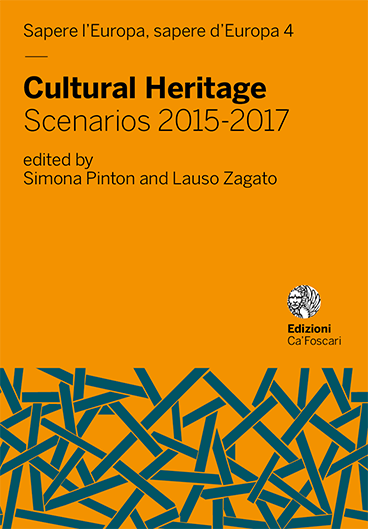- search 421 views
- file_download 15 download
- keyboard_capslock metadata
-
mark_email_readIscriviti alla newsletter
Towards an Effective Method of Governance of Cultural Heritage Sites
abstract
2014 Commission Communication “Towards an integrated approach to cultural heritage for Europe” argues “Cultural heritage is… a common good”. The fundamental characteristic of this kind of goods is that both their production and their fruition have a collective feature, since they are expression of a voluntary cooperation among individuals sharing an unifying element (territory, ethnicity, religion, ideology, etc.). The choice of the EU to consider CH as a ‘common good’ arises the problem about the best form of governance to apply to it, while seeking a fair balance between public action and private initiative able to maximize the benefits generated by CH and at the same time to assure its complete protection. The paper proposes an analytical reconstruction of the progressive affirmation of rights of information and participation within the international agreements and soft law. More specifically, the paper points out that, even if the 2003 and 2005 UNESCO Conventions contained references to stakeholders participation, the attempt of UNESCO organs and bodies to affirm this awareness passed mainly through soft law, in particular through the Operational Guidelines and Directives implementing the UNESCO Conventions. As a consequence, the full acknowledgement of stakeholders’ information ad participation rights within the cultural sector is far from being considered accomplished. The second part of this study focuses on the models of participative land-use decision making concerning environmental matters established by the EU regulation, with particular attention to the Directives concerning European Impact Assessment and Strategic European Assessment. Then, the paper analyses some Italian experiences of participatory land-use decision making, mainly those concerning the infrastructure building. Considering the issues arisen from this analysis attached Annex proposes a model aimed at strengthening the awareness of CH dynamic value as an ‘identity symbol’ and the democratization of the land-use decision making for cultural purposes.
Keywords: Participation • Governance • Common good • Stakeholders
permalink: http://doi.org/10.14277/6969-052-5/SE-4-26
